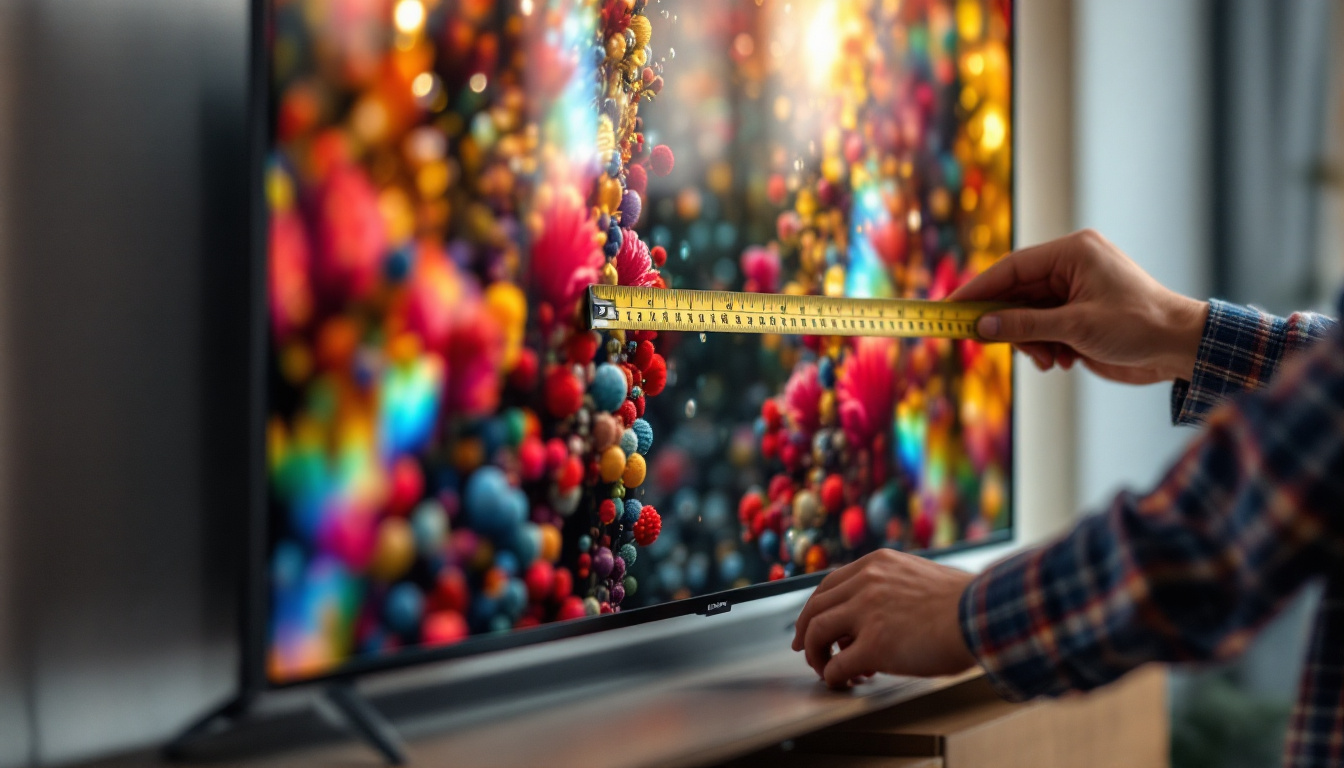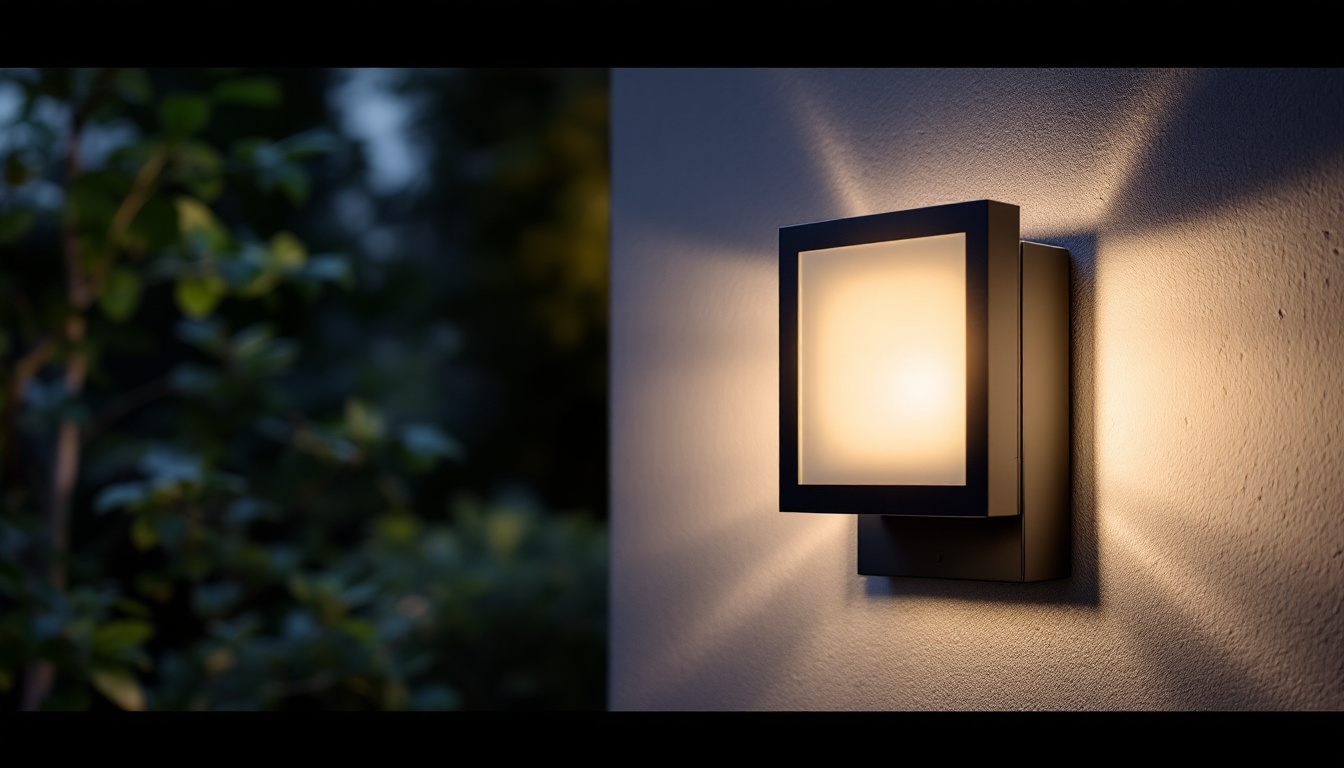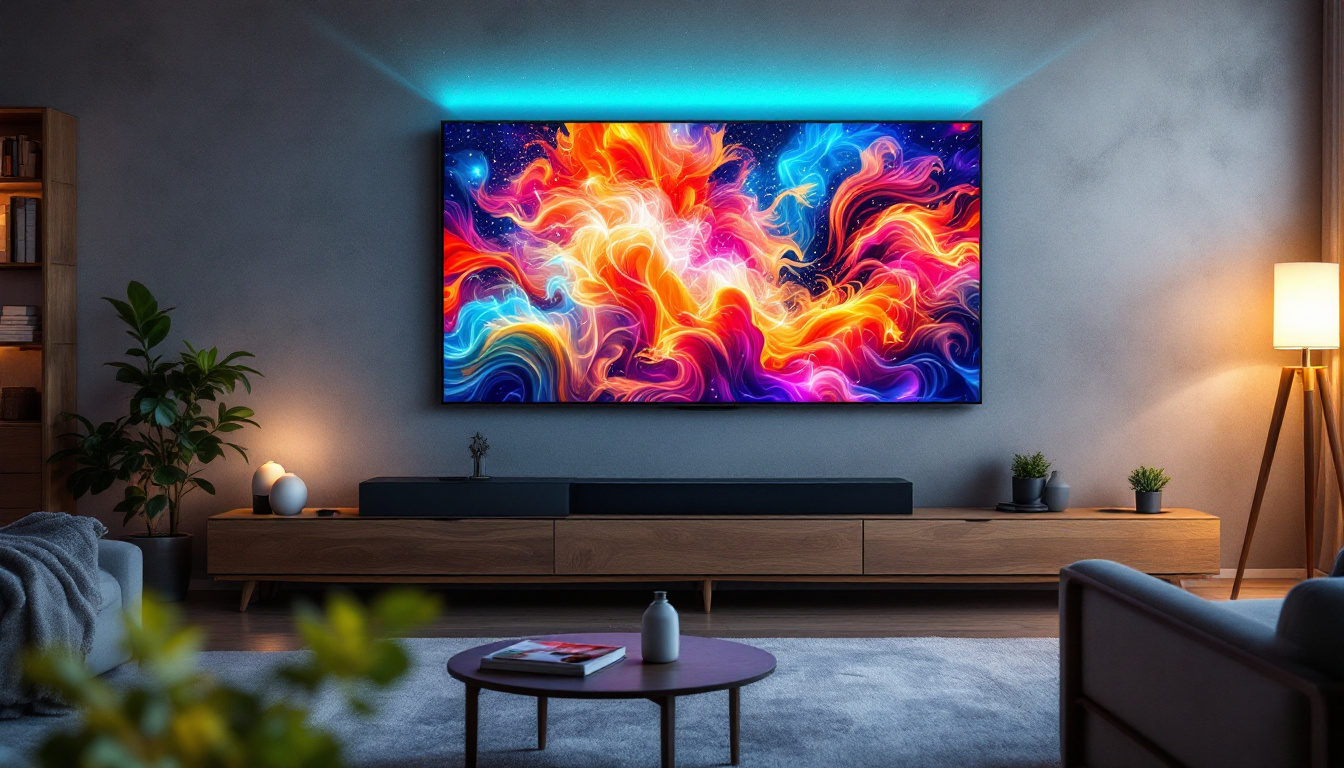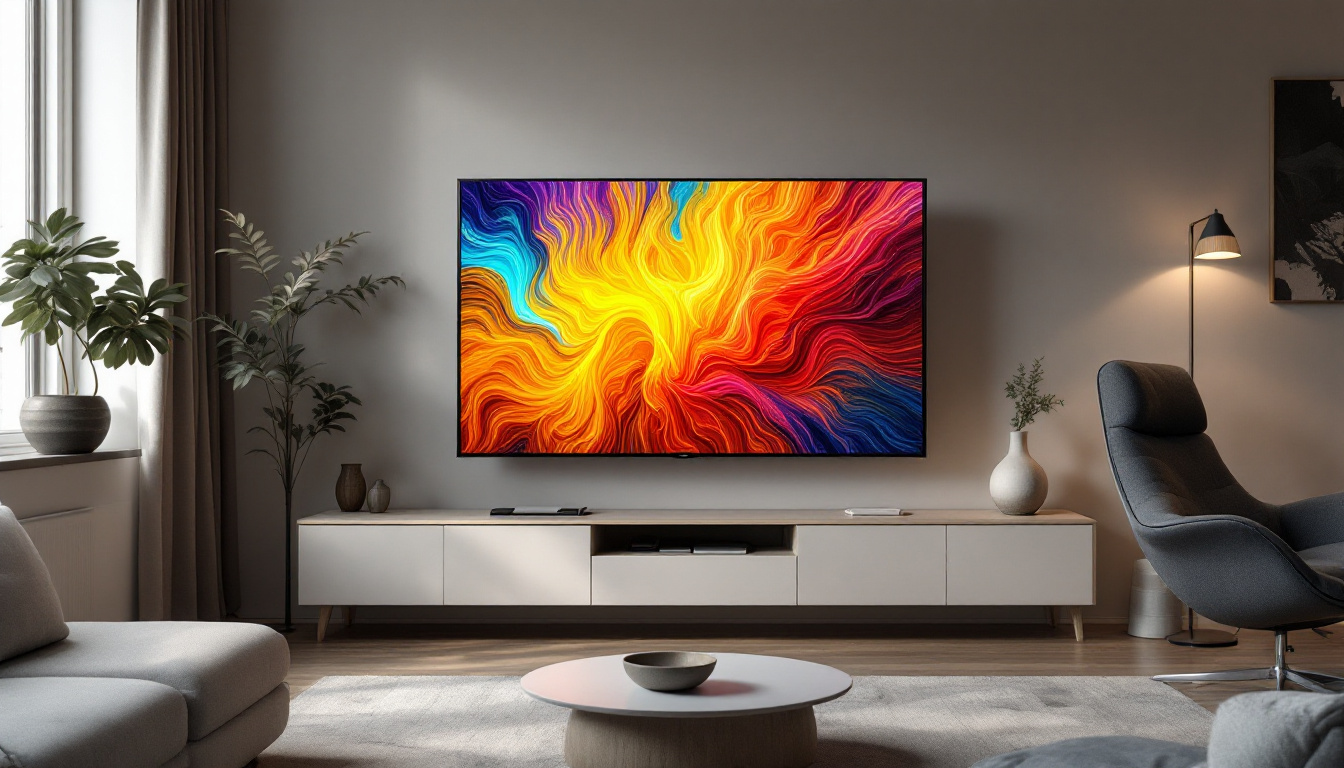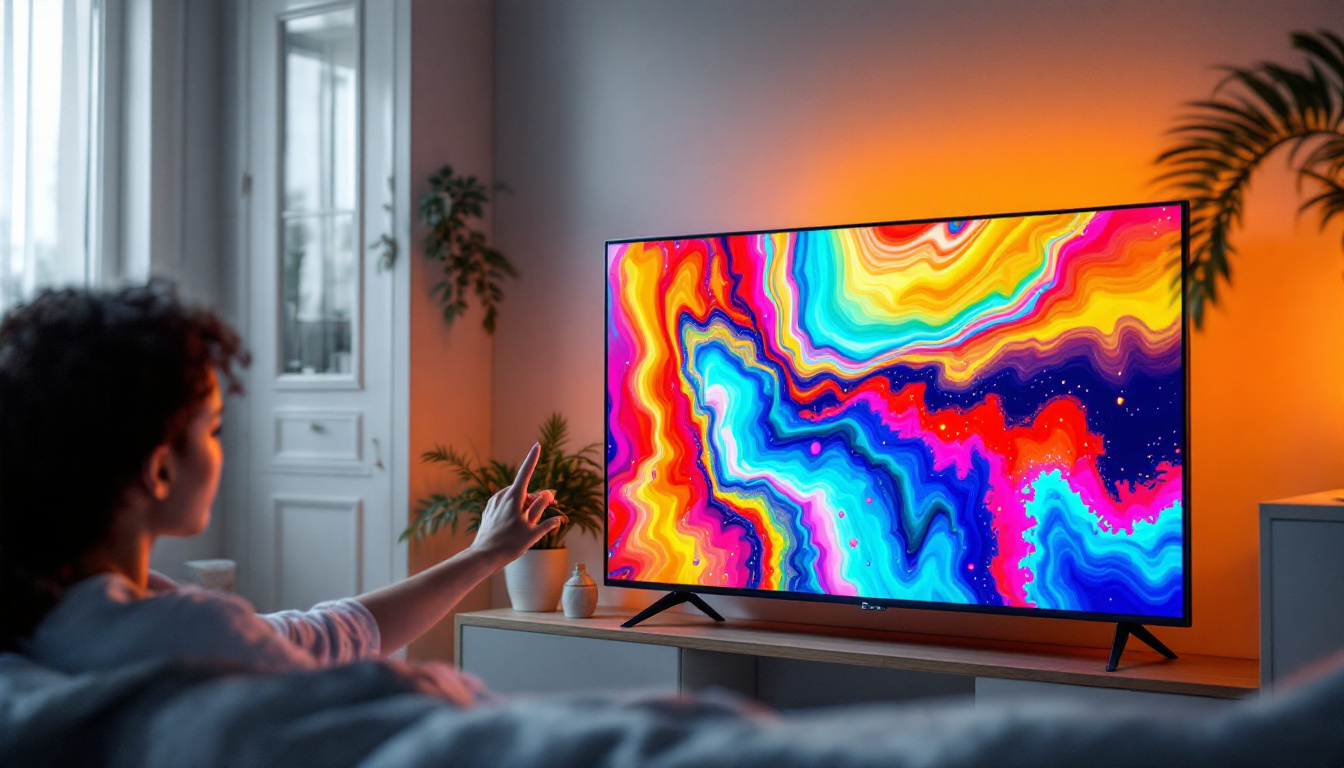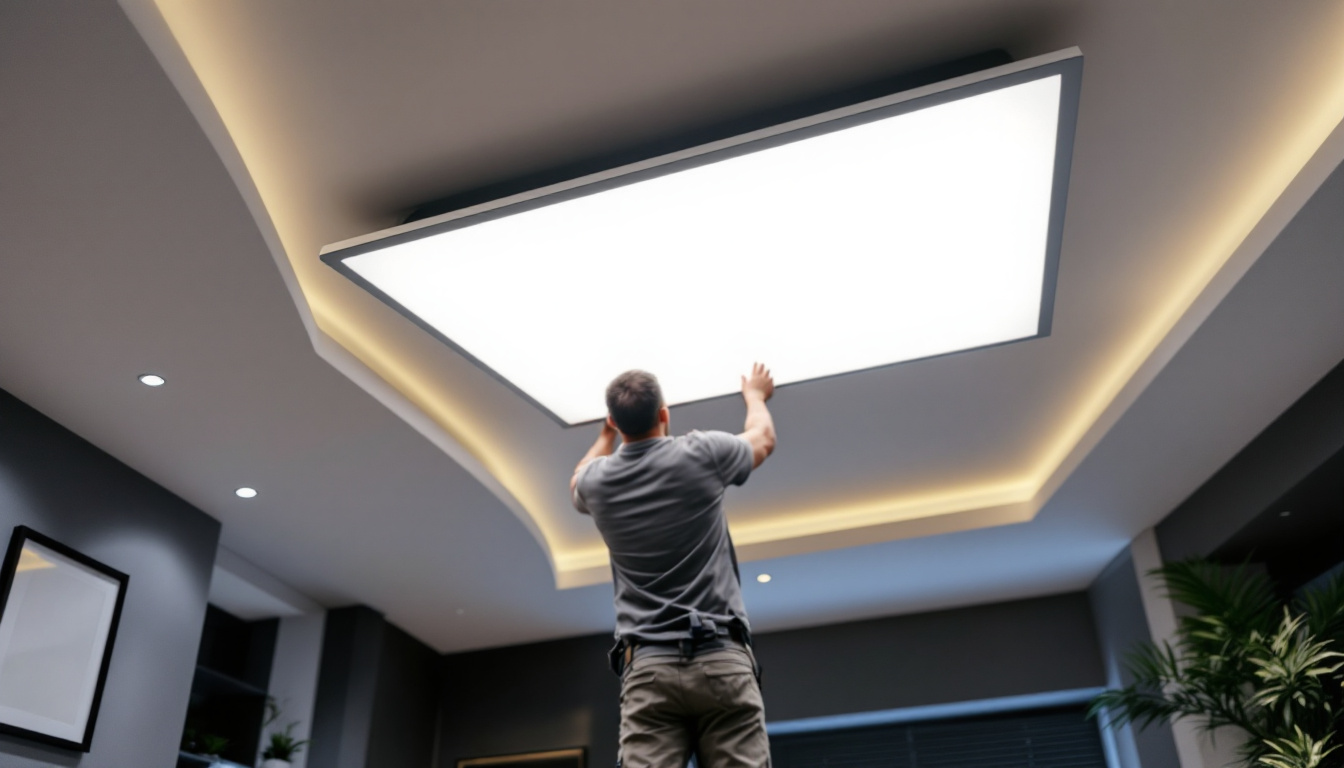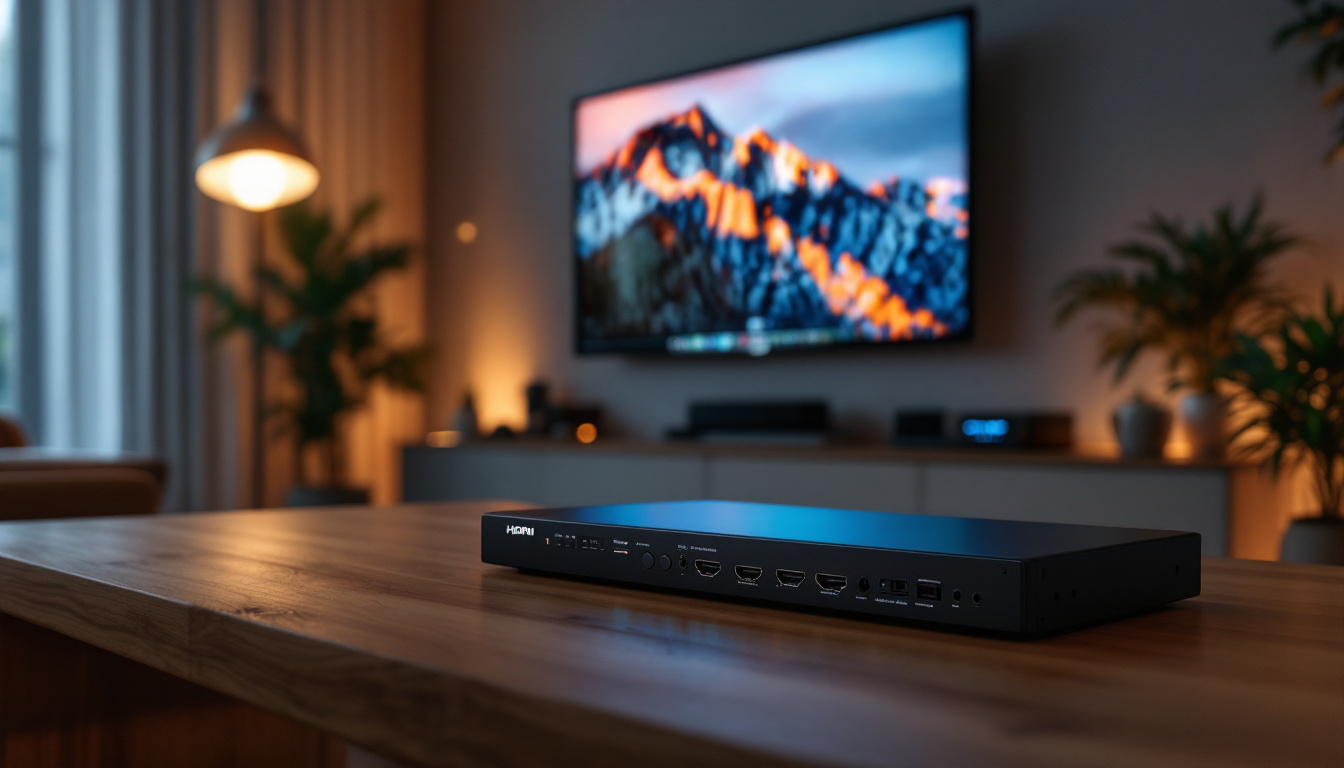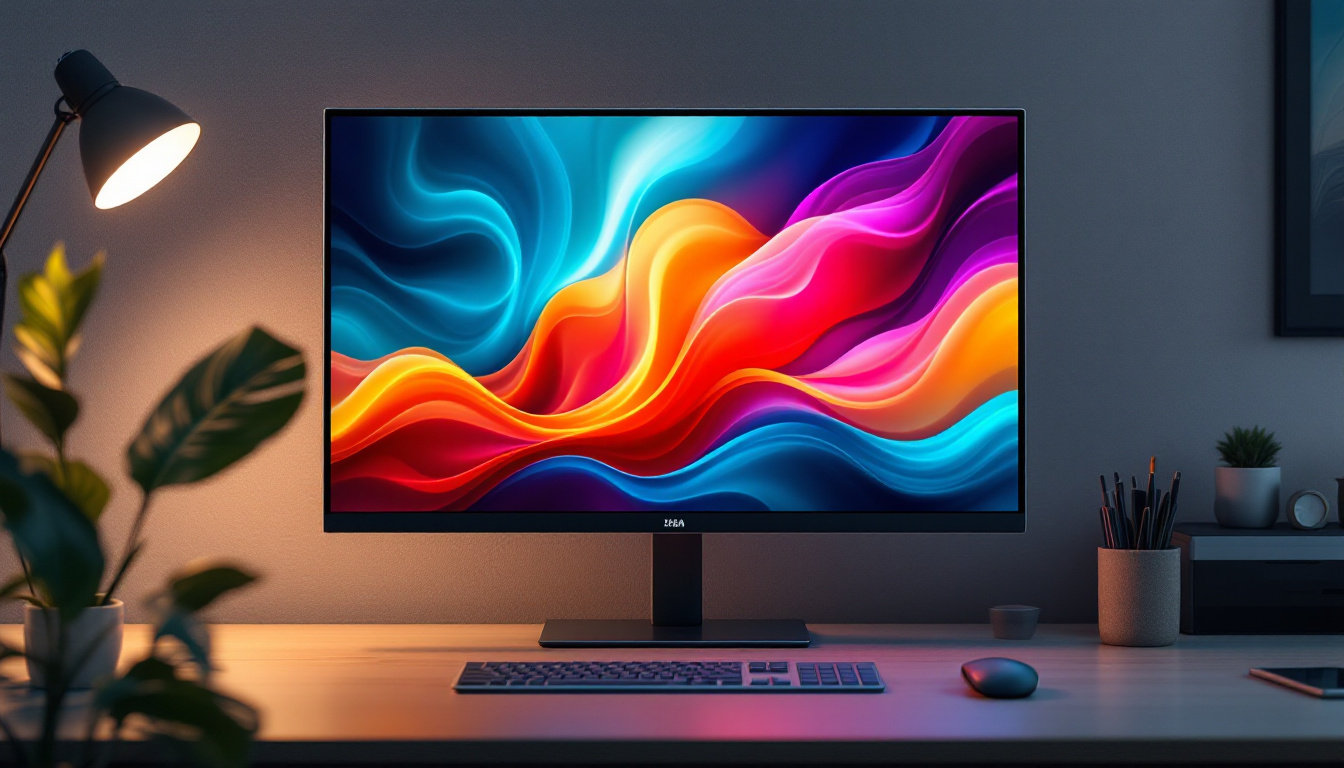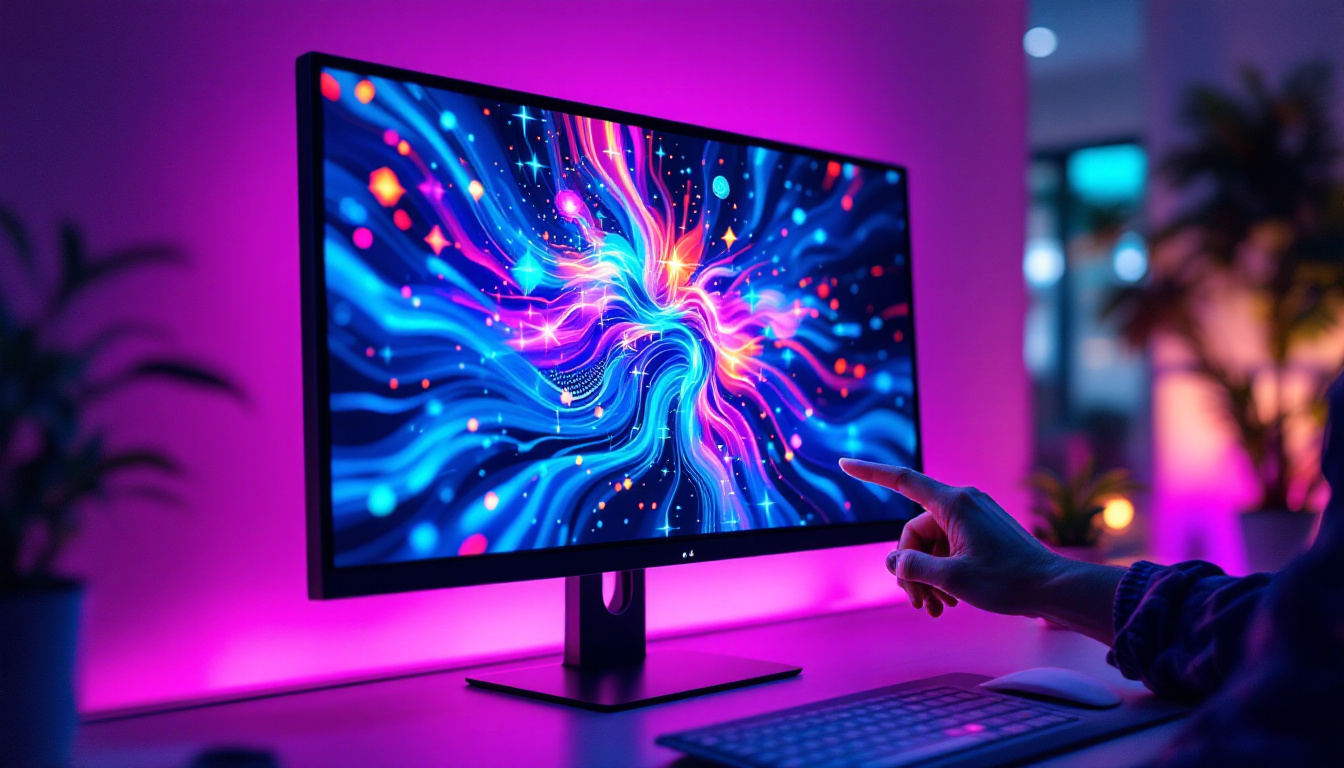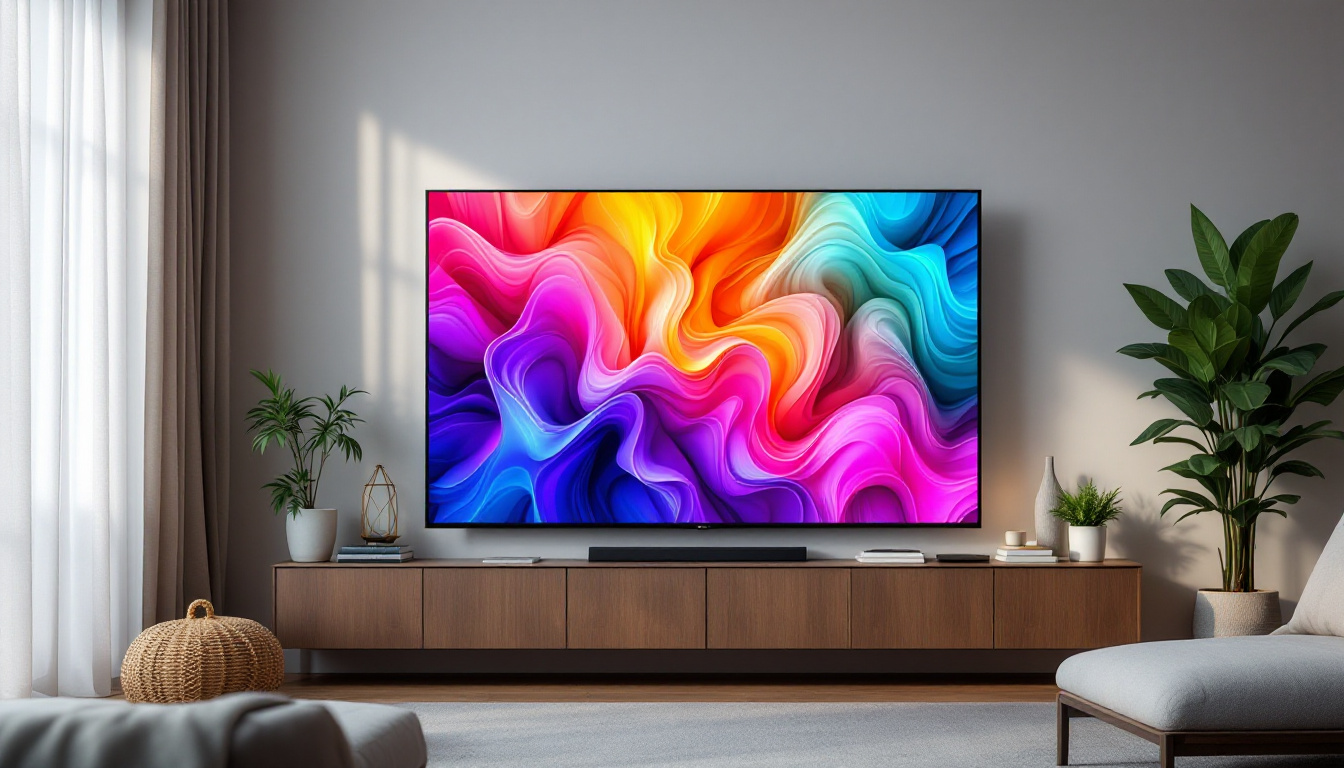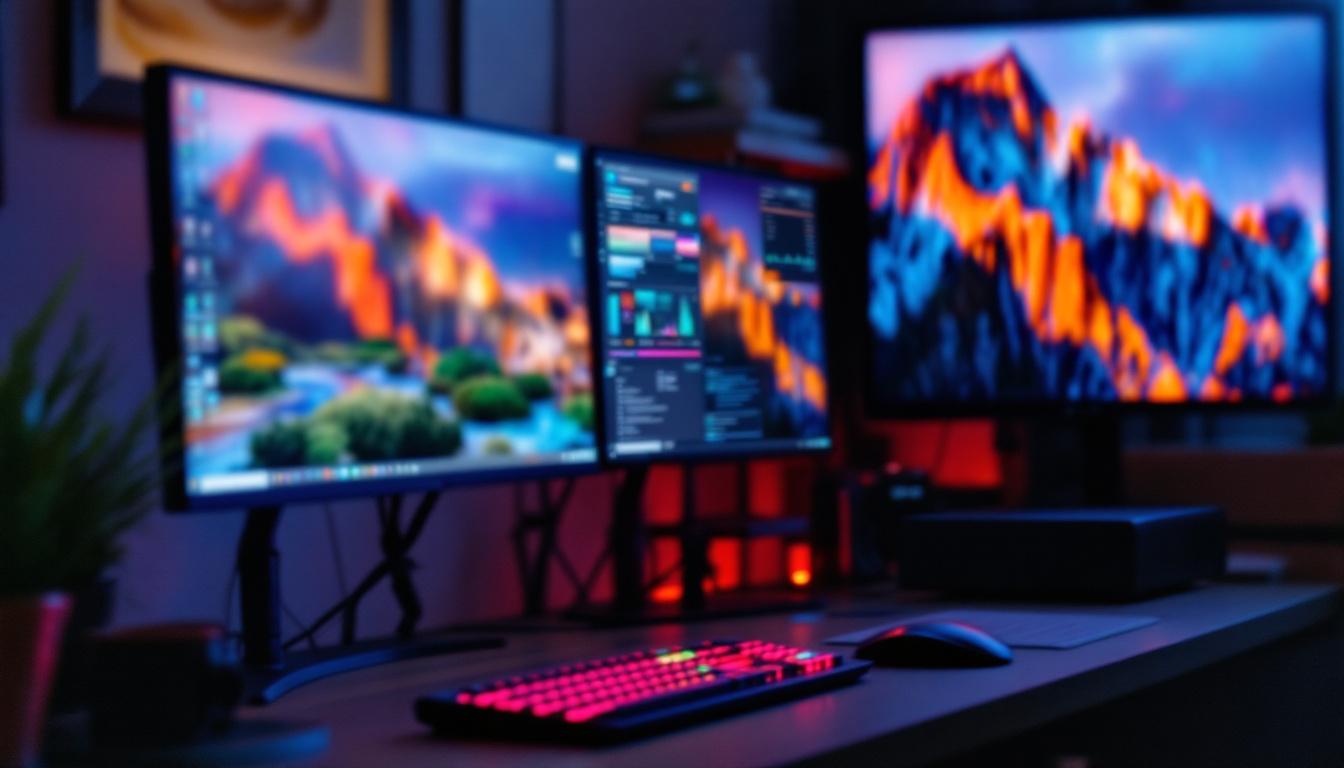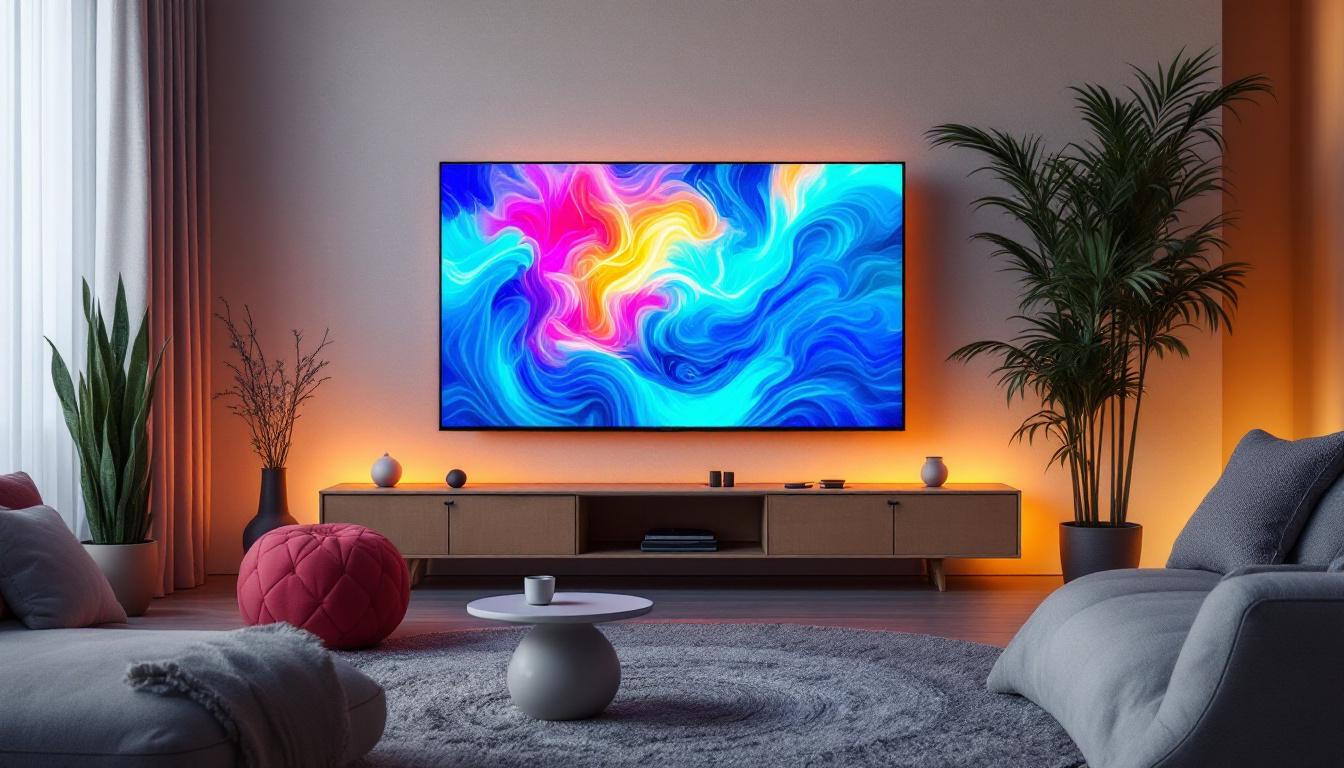How To Measure TV Screen Inches: LED Display Explained
When it comes to purchasing a new television, understanding how to measure screen size is crucial. The size of a TV is often a significant factor in the buying decision, influencing both the viewing experience and the overall aesthetics of a room. This article will delve into the intricacies of measuring TV screen inches, particularly for LED displays, and provide insights into why this measurement is essential.
Understanding TV Screen Size
TV screen size is measured diagonally from one corner of the screen to the opposite corner. This method is standardized across the industry, making it easier for consumers to compare different models. However, many people may not realize that the actual viewing area is slightly less than the advertised size due to the presence of bezels and other components.
The Importance of Diagonal Measurement
The diagonal measurement is significant because it provides a more accurate representation of the screen’s overall size. For instance, a 55-inch TV does not mean that each side measures 55 inches. Instead, it indicates that the distance from the bottom left corner to the top right corner is 55 inches. This measurement helps consumers visualize how the TV will fit in their space. Additionally, understanding this measurement can influence the viewing experience; a larger screen can enhance immersion, especially for movie nights or gaming sessions, where the viewer’s distance from the screen plays a crucial role in perception.
How to Measure a TV Screen
To measure a TV screen accurately, you will need a measuring tape. Start by placing one end of the tape at the bottom left corner of the screen and extend it diagonally to the top right corner. Ensure that you are measuring only the screen itself and not including the bezel or frame. This will give you the true screen size in inches.
For those who may be considering a mounted TV, it’s also essential to account for the wall space where the TV will be installed. Knowing the diagonal size will help you select a suitable wall mount and ensure that the TV fits comfortably in your desired location. Furthermore, it’s advisable to consider the height at which the TV will be mounted; ideally, the center of the screen should be at eye level when seated. This not only enhances comfort but also reduces neck strain during extended viewing sessions. Additionally, the distance from the seating area to the TV should be proportional to the screen size; for example, a common guideline suggests sitting about 1.5 to 2.5 times the diagonal size of the screen away for optimal viewing experience.
Different Types of TV Displays
Understanding the various types of TV displays can also impact your purchasing decision. LED displays, OLED, and QLED are among the most common types available today. Each type has unique characteristics and advantages, which can influence the viewing experience. As technology continues to evolve, new display types and enhancements are emerging, making it essential for consumers to stay informed about their options.
LED Displays
LED (Light Emitting Diode) displays are the most popular type of television on the market. They are known for their brightness, energy efficiency, and relatively low cost. LED TVs use a backlight to illuminate the screen, which allows for vibrant colors and sharp images. However, the quality of the picture can vary depending on the specific technology used, such as edge-lit or full-array backlighting. Edge-lit models are thinner and more affordable but may suffer from uneven brightness, while full-array backlighting provides better contrast and color accuracy by illuminating the screen more uniformly. Additionally, many LED TVs now come equipped with HDR (High Dynamic Range) capabilities, enhancing the viewing experience by offering a broader range of colors and improved detail in both bright and dark scenes.
OLED Displays
OLED (Organic Light Emitting Diode) displays offer superior picture quality compared to traditional LED TVs. Each pixel in an OLED screen emits its own light, allowing for deeper blacks and a wider color spectrum. This technology results in stunning visuals, making OLED TVs a popular choice among enthusiasts. The ability to turn off individual pixels leads to an infinite contrast ratio, providing an immersive viewing experience that is particularly noticeable in dark scenes. However, they tend to be more expensive than their LED counterparts. Additionally, potential buyers should be aware of the risk of burn-in, where static images can leave a permanent mark on the screen if displayed for extended periods. Manufacturers are continually working on mitigating this issue, making OLED a more viable option for everyday use.
QLED Displays
QLED (Quantum Dot Light Emitting Diode) displays are a newer technology developed primarily by a leading electronics manufacturer. QLED TVs use quantum dots to enhance brightness and color accuracy. They combine the benefits of LED technology with advanced color reproduction, making them ideal for bright rooms. The quantum dot technology allows for a wider color gamut, resulting in more vibrant and lifelike images. However, like OLED, QLED TVs can also come with a higher price tag. Furthermore, while QLED displays excel in brightness, they may not achieve the same level of black depth as OLEDs, which can affect the overall contrast in darker scenes. Many QLED models also support HDR, providing an enhanced viewing experience by optimizing brightness and color for various content types, from movies to video games.
Why Screen Size Matters
The size of a TV screen can significantly affect the viewing experience. A larger screen can provide a more immersive experience, particularly for movies and sports. However, the optimal size also depends on the distance from which viewers will be watching.
Viewing Distance Guidelines
To maximize the viewing experience, it’s essential to consider the distance between the TV and the seating area. A common guideline is to sit at a distance of 1.5 to 2.5 times the diagonal size of the screen. For example, if you have a 55-inch TV, the ideal viewing distance would be between approximately 6.5 feet and 11.5 feet.
These guidelines can help prevent eye strain and ensure that viewers can appreciate the full detail of the picture. Sitting too close to a large screen may lead to discomfort, while sitting too far from a smaller screen may result in a less engaging experience.
Room Size Considerations
The size of the room where the TV will be placed also plays a critical role in determining the appropriate screen size. In smaller rooms, a large TV may overwhelm the space and create an unbalanced look. Conversely, in larger rooms, a small TV may get lost in the surroundings, diminishing the overall impact of the display.
Common Misconceptions About TV Size
There are several misconceptions surrounding TV sizes that can lead to confusion among consumers. Understanding these can help in making informed decisions when purchasing a new television.
Size vs. Resolution
One common misconception is that a larger screen automatically means a better viewing experience. While size is essential, resolution plays a crucial role as well. A 55-inch 4K TV will provide a sharper and more detailed image than a 65-inch 1080p TV. Therefore, it’s vital to consider both size and resolution when selecting a TV.
Measuring the Entire Unit
Another misconception is that the advertised size reflects the entire unit, including bezels and frames. In reality, the measurement only pertains to the screen itself. Consumers should be aware of this distinction, as it can affect how the TV fits into their space. Always check the dimensions of the entire unit to ensure it will fit in your intended location.
Choosing the Right Size for Your Needs
When selecting a TV, it’s essential to consider personal preferences and viewing habits. Different households may have varying needs based on the type of content consumed and how the TV will be used.
For Movie Lovers
For those who enjoy watching movies, a larger screen can enhance the cinematic experience. A screen size of 65 inches or more is often recommended for home theaters or dedicated viewing rooms. The immersive experience provided by a larger screen can make movie nights more enjoyable and engaging.
For Gamers
Gamers may also benefit from larger screens, particularly for action-packed games that require quick reflexes and attention to detail. A TV with a high refresh rate and low input lag is essential for gaming, and a screen size of at least 55 inches is often recommended to fully appreciate the graphics and gameplay.
For General Viewing
For general viewing, such as watching news or reality shows, a smaller screen may suffice. A 50-inch TV can be ideal for average-sized living rooms, providing a good balance between screen size and viewing distance. Ultimately, the choice should reflect the viewer’s preferences and the room’s layout.
Conclusion
Measuring TV screen inches is an essential step in selecting the right television for your needs. Understanding the differences between various display technologies, the importance of screen size, and common misconceptions can empower consumers to make informed decisions. Whether you are a movie lover, a gamer, or simply looking for a TV for general viewing, knowing how to measure and choose the right size will enhance your overall experience.
Investing in the right television can transform your viewing experience, making it more enjoyable and immersive. By taking the time to measure and consider all aspects of TV size and technology, you can ensure that your new purchase fits perfectly into your home and meets your entertainment needs.
Discover the Perfect LED Display with LumenMatrix
Ready to elevate your viewing experience with a TV that matches your exact needs? LumenMatrix, a pioneer in LED display technology, offers a wide array of innovative solutions to bring your visual experience to life. From immersive Indoor LED Wall Displays to dynamic Outdoor LED Wall Displays, and from versatile Vehicle LED Displays to sleek LED Poster Displays, we have everything you need to create impactful visual communication. Our mission is to transform how you engage with media, whether for entertainment, advertising, or information sharing. Don’t just watch—immerse yourself in the brilliance of LumenMatrix LED Displays. Check out LumenMatrix LED Display Solutions today and see the difference for yourself!

